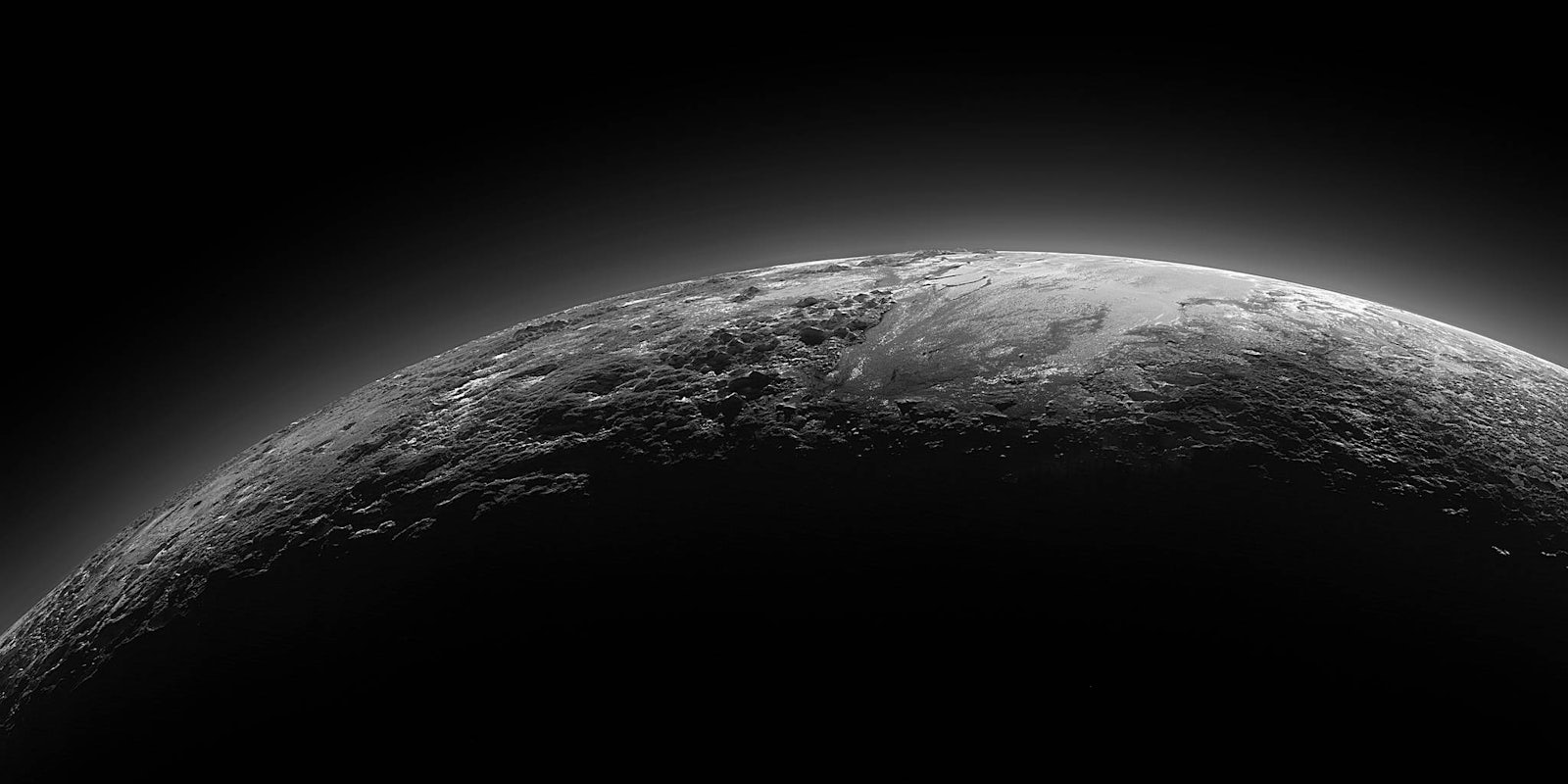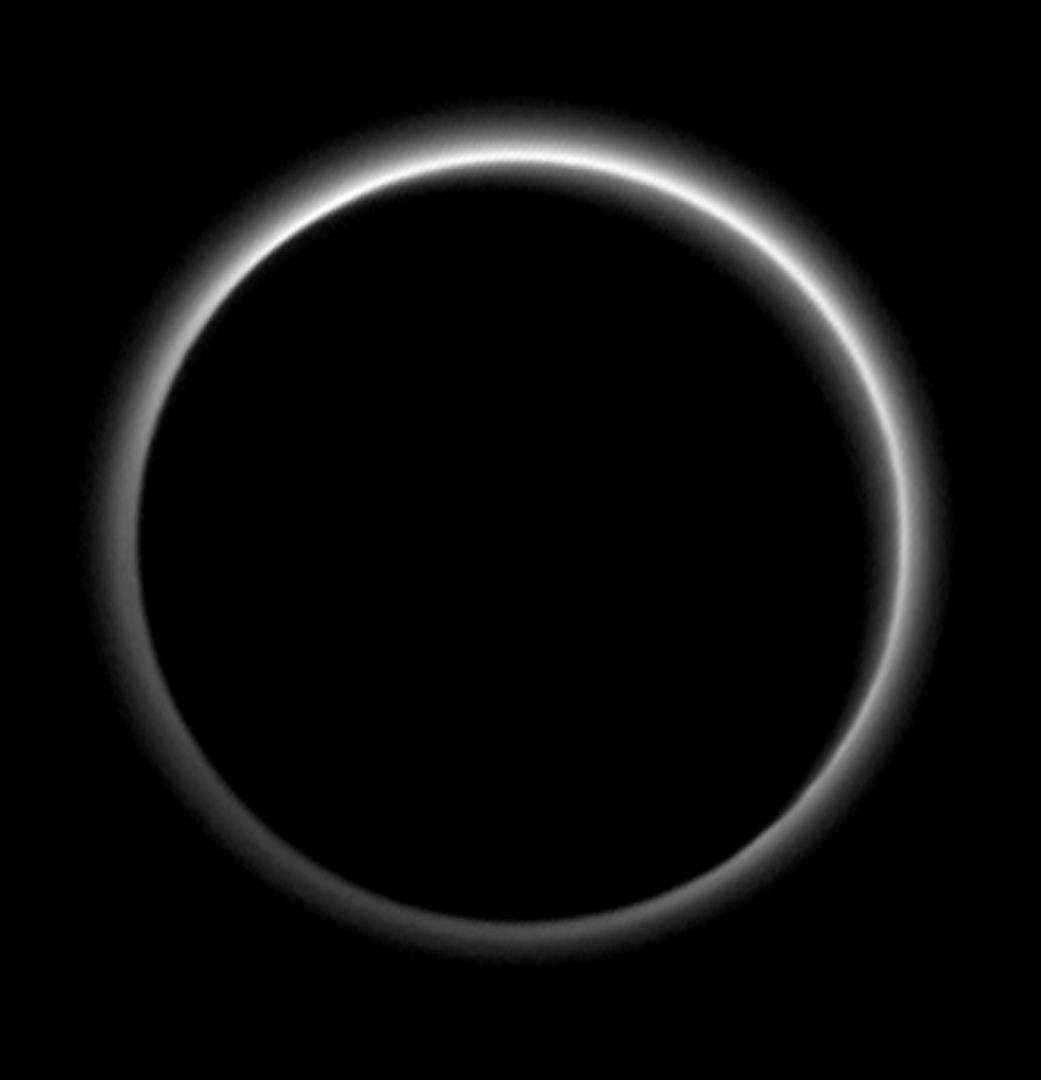Many of us harbor nostalgia for the days when Pluto was still classified as one of the solar system’s official planets, but its dwarf planet status didn’t make Pluto any less interesting.
During its closest point of orbit around the sun, Pluto is still 2.66 billion miles away from Earth. So despite being discovered more than 80 years ago, in 1930, its distance makes it one of the more mysterious objects in the solar system. Much of our information about this dwarf planet comes from NASA‘s recent research on the New Horizons mission, which sent a probe past Pluto’s surface in July 2015.
It took nine years to reach Pluto
NASA’s New Horizons probe was launched in January 2006, finally approaching Pluto in January 2015. Over the course of the next few months, space enthusiasts watched as the probe sent back increasingly high-resolution images of Pluto, culminating in incredible photography of the dwarf planet’s surface.
The probe is still traveling through the Kuiper Belt, the ring of small astral bodies orbiting beyond Neptune. The plan is to continue exploring the Kuiper Belt until at least 2021.
You can now see pictures from the dark side of Pluto
Shortly after reaching Pluto, the New Horizons probe sent back some stunning images of the dark side of the dwarf planet, showing its outline against the distant light of the sun.
Pluto has five moons
Pluto’s five moons are named after elements from the Greek mythological underworld: Styx (the river between the worlds of the living and the dead), Charon (the ferryman who transports people across the Styx), Nix (mother of Charon), Kerberos (the guard dog of the underworld), and Hydra (a nine-headed serpent).
Charon is the only one that resembles our own globe-shaped moon, while the other four are smaller satellites in a variety of shapes.
#TBT when @NASANewHorizons first spotted the reddish polar region on #Pluto’s moon, Charon. https://t.co/r3NyfalJeD pic.twitter.com/5p5kbY9Qz5
— NASA Marshall (@NASA_Marshall) September 16, 2016
Pluto isn’t the only dwarf planet in our solar system
After Pluto, the best known dwarf planet is probably Ceres, located in the asteroid belt between Mars and Jupiter. NASA currently has a probe orbiting Ceres, following an eight-year voyage to the dwarf planet.
Update: I’ve finished ascending to an orbit of ~920 miles (1,480 kilometers) above #Ceres https://t.co/sfBXnsQZPqpic.twitter.com/qQU4ey7VvW
— NASA’s Dawn Mission (@NASA_Dawn) October 6, 2016
The three other recognized dwarf planets are Makemake and Haumea, both located in the Kuiper Belt like Pluto, and Eris, which orbits beyond the Kuiper Belt and takes 557 Earth years to complete one circuit around the sun.



